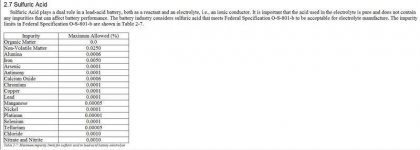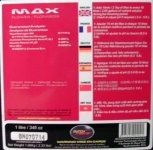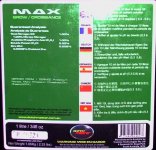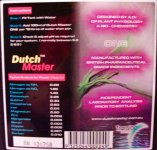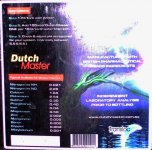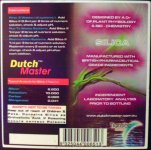funkymonkey
Member
There's some lab analysis of Canna Coco. What I can guarantee you is if you were going to analyse it again the numbers would have changed because of sloppy mixing practices. Every one really needs to read this piece here. http://www.integralhydro.com/
On the right of the site you'll see some pictures attached to hydroponic related articles. Read "About Hydroponic Nutrients" . This guy rips apart the hydro industry by demonstrating the vast differences in claimed to be crop specific nutrition.
Those sloppy mixing practices and variable formulation are second after high prices for being a good reason to make my own nutes.
Simply sat here at my desk with an accurate digital scale, a teaspoon, some 1 litre bottles, a pile of reagent grade salts, some distilled water and a measuring jug I am sure I can make more accurate formulations than the big cmpanies manage with their large scale production.
Rather than copying any one particular commercial nutrient, wouldn't it be better to devise our own formulation?
I suppose the difficulty is in finding accurate info on cannabis' feeding requirements.
Maybe that means we should copy products we know work well?


